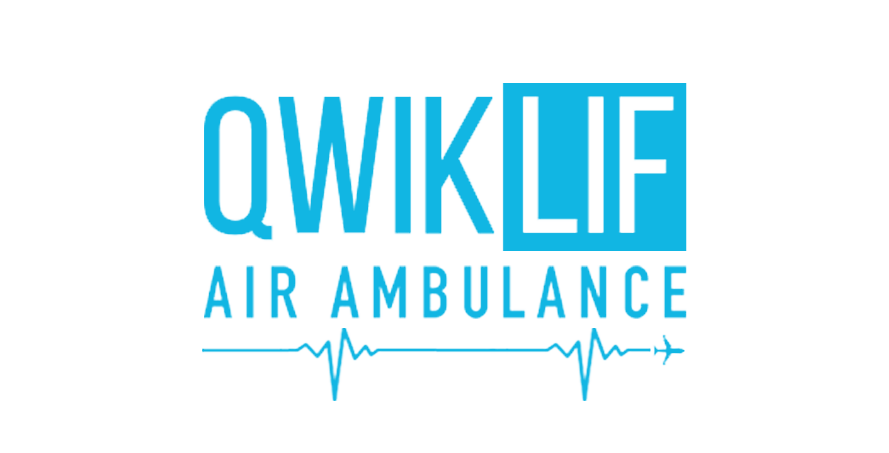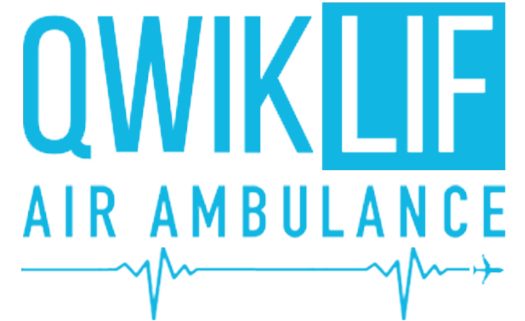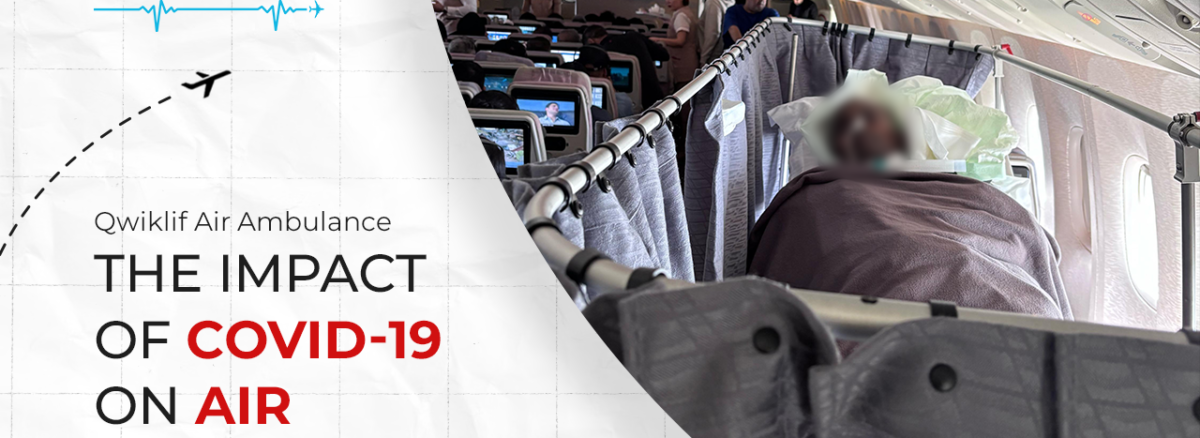- March 11, 2025
- admin
- Comment: 0
- Dedicated Air Ambulance by Qwiklif
The COVID-19 pandemic reshaped global healthcare and emergency medical transportation, including air ambulance services. As hospitals became overwhelmed and travel restrictions tightened, air ambulance providers played a crucial role in transporting critically ill patients across cities, countries, and continents. From handling COVID-positive patients to adapting safety protocols, the industry faced several challenges while ensuring safe and efficient medical evacuations.
1. Surge in Demand for Air Ambulance Services
With hospitals reaching capacity and international travel restrictions affecting commercial flights, air ambulances became the safest and fastest option for patient transfers. COVID-19 created:
Increased demand for domestic and international medical evacuations
More long-distance transfers due to overwhelmed local hospitals
Emergency repatriations for stranded citizens needing urgent medical care
2. Specialized Medical Transport for COVID-19 Patients
COVID-positive patients required isolation and advanced critical care during transport. Air ambulance providers had to adapt by:
Using Isolation Pods (EpiShuttle or similar) to prevent virus spread
Equipping aircraft with high-flow oxygen and ventilators
Deploying ICU-trained doctors and paramedics for in-flight care
3. Strict Safety and Sanitation Measures
To prevent virus transmission among medical staff and crew, air ambulance operators implemented:
Full PPE gear (hazmat suits, N95 masks, gloves, goggles) for medical teams
Deep cleaning and aircraft disinfection after each flight
HEPA filtration systems to remove airborne pathogens
COVID-19 testing and pre-flight screening for patients and staff
4. Complex International Logistics and Restrictions
Global travel restrictions and airport closures posed major hurdles for air ambulance services. Some key challenges included:
Delays in securing flight permits and landing approvals
Quarantine requirements for medical crews and patients
Increased paperwork for cross-border medical evacuations
How Air Ambulances Overcame These Challenges
Despite these obstacles, experienced providers like QwikLif Air Ambulance successfully navigated international regulations by:
Working closely with government agencies and health ministries
Using alternative air routes and emergency landing permissions
Coordinating with hospitals worldwide for smooth patient handovers
5. Rising Costs and Financial Challenges
COVID-19 increased operational costs for air ambulance providers due to:
Additional protective equipment and medical gear
Longer flight routes due to airspace restrictions
Higher insurance premiums and staffing expenses
However, companies like Qwiklif optimized costs by offering empty leg flights and medical escort services to ensure affordability for patients in need.
6. The Shift Towards Telemedicine and Remote Consultations
The pandemic accelerated the use of telemedicine in air ambulance services. Before flights, remote consultations helped assess patient conditions, reducing unnecessary transfers and ensuring only the most critical cases were evacuated.
QwikLif Air Ambulance – Your Trusted Medical Transport Partner
The COVID-19 pandemic highlighted the critical role of air ambulance services in global healthcare. At QwikLif Air Ambulance, we continue to provide safe, efficient, and fully equipped medical flights for COVID and non-COVID patients. With ICU-standard care, experienced medical teams, and global reach, we ensure patients receive the best possible transport, even in challenging times.
For urgent medical evacuations or repatriation, contact QwikLif Air Ambulance today!


